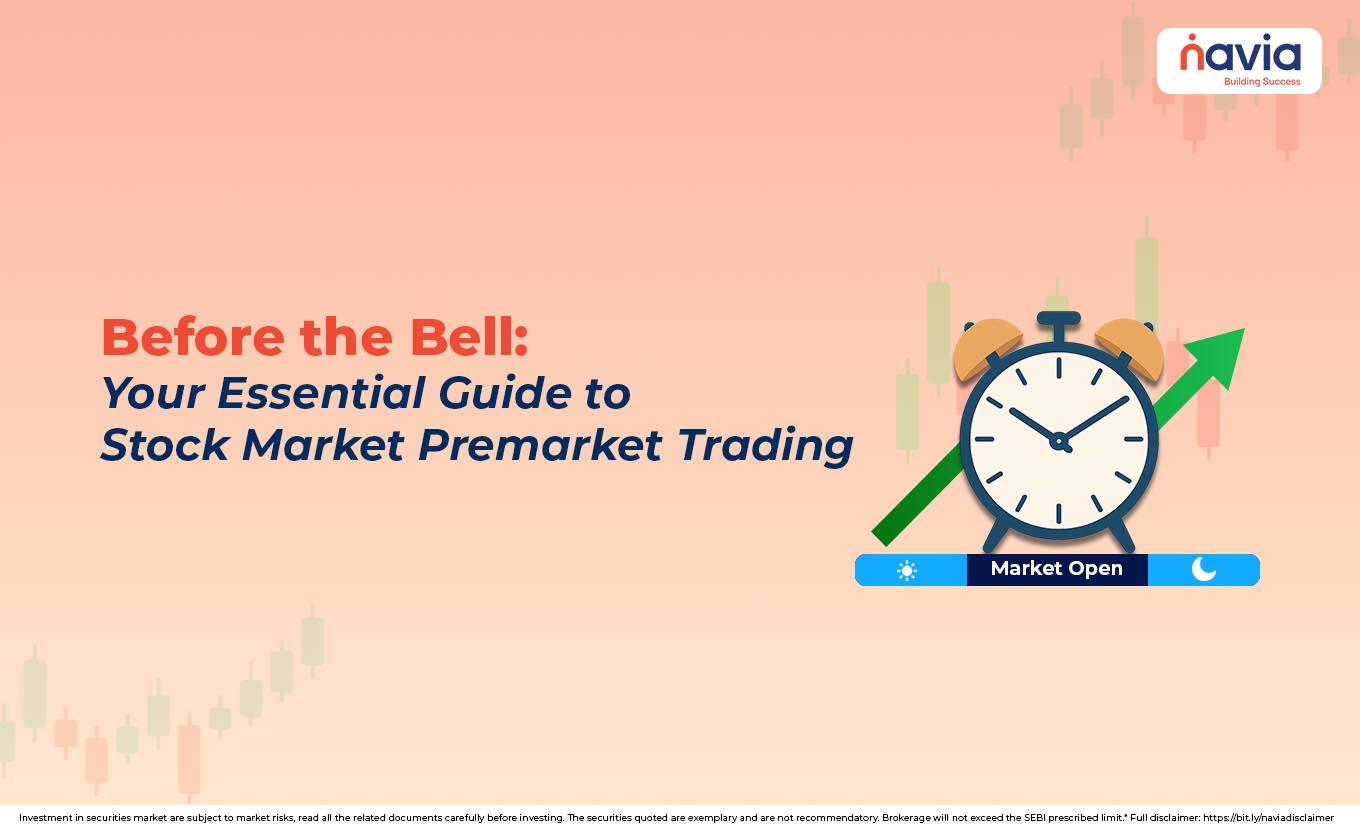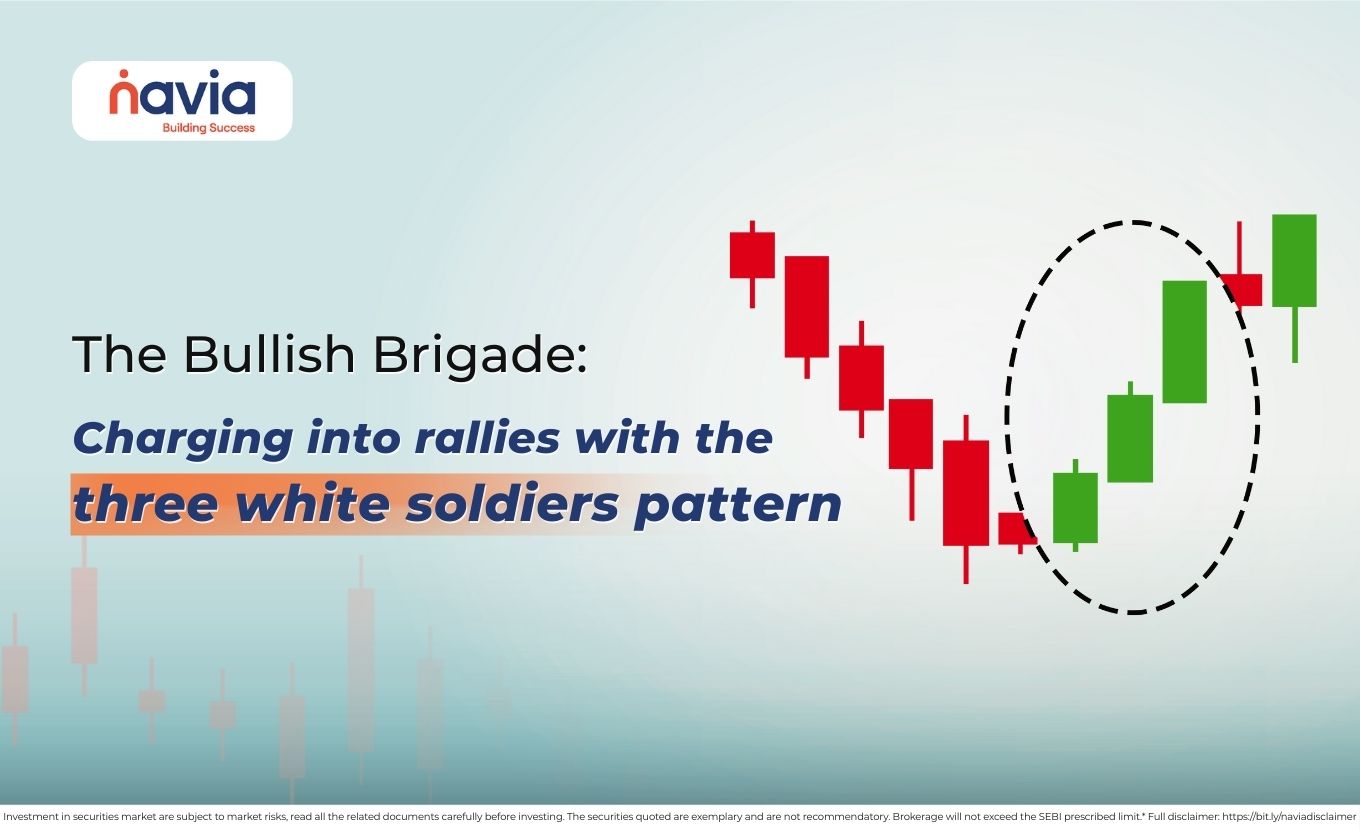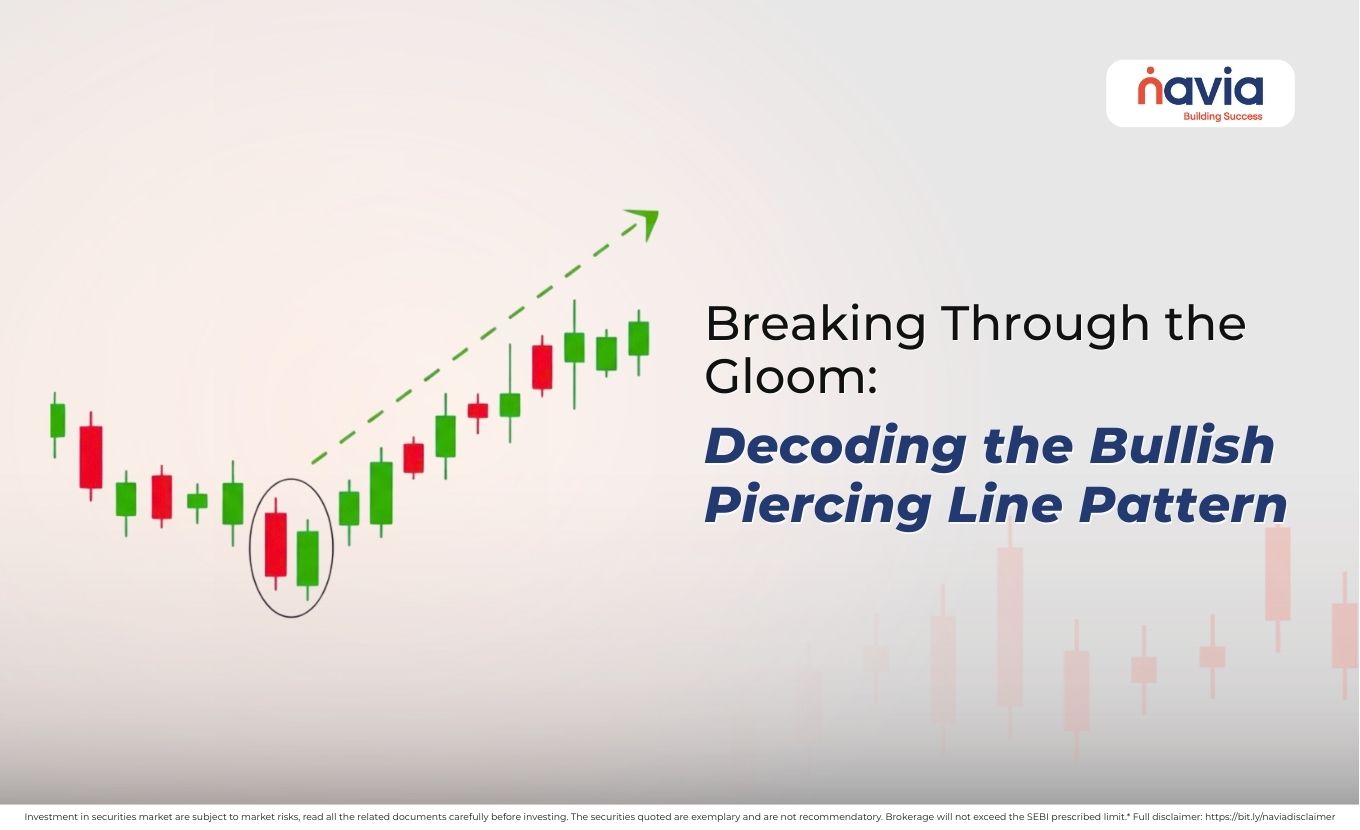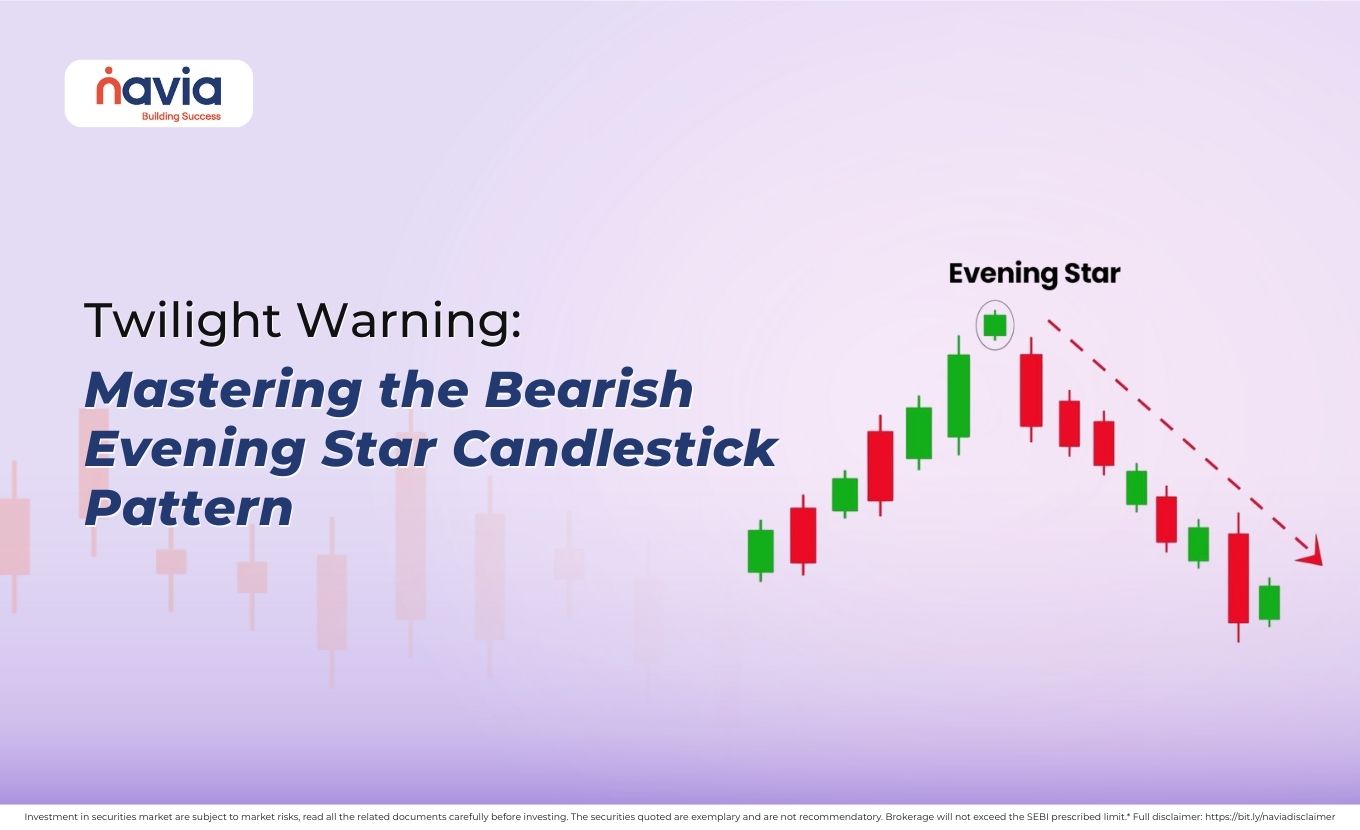Before the Bell: Your Essential Guide to Stock Market Premarket Trading

- What is Premarket Trading?
- How is the Opening Price Determined?
- Premarket Trading vs. Regular Trading Hours
- Opportunities and Risks of Stock Premarket
- How to Utilize Premarket Data Effectively?
- Conclusion
- Frequently Asked Questions
Did you ever notice that a stock jumps or drops significantly at the open? The reason usually lies in the stock market premarket trading session. From being a quiet warm-up, the early window is making a foundation for the day’s volatility. The ringing of this opening bell is from 9:00 to 9:15 AM IST; most traders and investors start their action before the market officially wakes up.
Understanding what is premarket trading is a crucial part for everyone who is serious about capital preservation and maximizing opportunities. This guide will help you to understand the premarket trading session, explain how it works, and show you how to interpret stock premarket activity more effectively in 2026.
What is Premarket Trading?
Premarket trading is the period between the closing of the previous trading day and the next opening of the trading session. The exact hours can vary slightly by broker and exchange, but the premarket generally runs from 9:00 AM to 9:15 AM IST.
The core purpose of the premarket stock market session is to allow the participants to react to significant news and events that happen outside of trading hours. This news typically includes;
🔸 Earning Reports: Many companies release their quarterly results in the early morning before the market opens.
🔸 M&A (Merger and Acquisition) Announcements: It includes the major corporate actions that are frequently timed for the premarket.
🔸 Economic Data: Government and economic data like job reports or inflation figures.
The Official Timings (NSE & BSE)
Now we know that the stock market premarket trading session operated from 9:00 AM to 9:15 AM daily (Mon-Fri, except holidays). This 15-minute period is broken to three distinct phases, that are given below;
| Phases | Time Duration | Activity | Purpose |
|---|---|---|---|
| Order Entry | 9:00AM to 9:08Am (8 minutes) | Orders (Buy/Sell) are placed, modified, or cancelled. | To gather all intentions of buying and selling pressure based on overnight news. |
| Price Discovery | 9:08 AM – 9:12 AM (4 minutes) | Orders cannot be placed. The system calculates the Equilibrium Price. | To determine the final opening price for each stock, maximize the number of trades. |
| Buffer Period | 9:12 AM – 9:15 AM (3 minutes) | System preparation for the open; pending orders carry over. | To transition seamlessly into the Regular Trading Hours (RTH). |
How is the Opening Price Determined?
The core function of premarket trading in India is to establish the official Opening Price for a stock for the day. The price is called the Equilibrium Price. So, what is actually the Equilibrium Price?
During the price discovery phase (9:08 AM to 9:12 AM), the exchange trading system uses all the collected buy and sell orders to find the price at which the maximum number of shares can be traded.
Let’s see an example;
➨ If strong positive overnight news will make the impacts on the people buy orders higher than yesterday’s close. At that time the Equilibrium Price will be higher than the previous close. (Bullish)
➨ If negative earnings news will make massive sell orders, at the time the Equilibrium Price will be lower than the previous close. (Bearish)
The final Equilibrium Price calculated automatically becomes the stock’s official opening price at 9:15AM.
Premarket Trading vs. Regular Trading Hours
The premarket stock market differs significantly from the main session (9:15AM – 3:30PM).
| Feature | Premarket Trading (9:00 AM – 9:15 AM) | Regular Trading Hours (9:15 AM – 3:30 PM) |
|---|---|---|
| Price Determination | Determined by the equilibrium price mechanism. | Determined by continuous order matching. |
| Order Types | Only limited orders are accepted. | Market orders and limit orders are accepted. |
| Liquidity | Low, due to limited participants and time. | High, full depth of the market is available. |
| Volatility | High volatility in the resulting opening price is high. | Volatility is generally lower and sustained by volume. |
| Execution | Orders are pooled and executed simultaneously at 9:15 AM. | Orders are executed continuously throughout the day. |

Opportunities and Risks of Stock Premarket
Retail participation in placing orders during the premarket trading window is possible, but the session is dominated by institutional players. So, it is necessary to understand the potential benefits and the significant risks of it.
Benefits
🔹 Observing the orders that are placed during the premarket gives you an instant measure of where the smart money believes the stock should open.
🔹 The stocks showing the biggest differences between the previous close and the premarket-determined opening price are usually the ones reacting to a major catalyst. That helps you focus on your trading day.
🔹 If you plan to exit from a stock because of bad news, the premarket indicates the likely initial price that allows you to prepare your trade to minimize slippage at the open.
Risks
🔹 If trades are not matched continuously, the premarket can mislead a sense of liquidity. It is resulting that Equilibrium Price is highly sensitive to large orders, which can distort the true demand.
🔹 There is no guarantee that your limit order will be matched during the time. It gives a guarantee for the orders that contribute to the Equilibrium Price.
🔹 The price established in the stock premarket is just the starting point. Once RTH begins and full volume hits, the price may move sharply away from the premarket to open, creating rapid, high-risk price gaps.
How to Utilize Premarket Data Effectively?
For the average retail investor in India, the best strategy for stock market is analysis, not execution. During the premarket session you can execute some major activities like;
▶ Monitoring top gainers and losers: You can use your broker’s terminal or financial news to monitor which stocks have the largest premarket price changes and high volume.
▶ Set Alerts: You can set price alerts around the premarket for the open price. For example, if a stock breaks significantly above the premarket open price in the first 15 minutes of RTH, that confirms the bullish momentum.
▶ Understand the News: Always check the news of all stocks to know about the unusual premarket activity of them. Confirm the catalyst behind the move before making any trading decision after 9:15 AM.
Conclusion
The premarket trading session in India is a critical and highly structured 15-minutes window that often influences early market sentiment for the trading day. If a person understands the Equilibrium Price mechanism and the low-liquidity dynamics, they can use the premarket stock market as a powerful analytics tool.
Utilizing the most important part of trading is the best way to observe, plan, and set risk parameters. Respecting the risks and focusing on the insights can ensure you are prepared and positioned correctly when the bell finally rings.
Do You Find This Interesting?
Frequently Asked Questions
What time is pre-market trading?
The pre-market trading session on the Indian stock exchanges (NSE and BSE) is a structured 15-minute window that runs from 9:00 AM to 9:15 AM IST.
This time is divided into three phases:
➔ 9:00 AM to 9:08 AM: Order entry, modification, and cancellation.
➔ 9:08 AM to 9:12 AM: Price discovery (calculating the Equilibrium Price).
➔ 9:12 AM to 9:15 AM: Buffer period before the market opens.
Can I place an order before 9 am?
No, you cannot place an order before 9:00 AM and have it executed during the official pre-market session.
Is pre-market good for beginners?
Generally, no, pre-market trading is not recommended for beginners. It is a high-risk environment primarily utilized by experienced traders and institutional participants due to several factors:
⦿ Low Liquidity: It’s harder to execute large orders without moving the price.
⦿ High Volatility: Prices are highly sensitive to small volumes of orders reacting to news.
⦿ Limited Execution: Orders are only executed if they contribute to the determined Equilibrium Price.
Beginners are better off observing the pre-market activity to gauge sentiment but executing trades during the Regular Trading Hours (after 9:15 AM) when liquidity is high and volatility stabilizes.
Can I sell my stock in premarket?
Yes, you can sell your existing stocks during the pre-market trading session (9:00 AM to 9:15 AM). You must place a limit order from 9:00 AM to 9:08 AM order entry window.
What are the disadvantages of pre-open?
The disadvantages of participating in the pre-open session are significant, stemming mainly from the structured, low-volume environment:
◆ Execution Risk: There is no guarantee your order will be executed if it is not at or near the final Equilibrium Price.
◆ Price Uncertainty: The calculated opening price can be highly volatile and may not reflect the true market value once the full liquidity of the regular session begins.
◆ Wider Spreads: The difference between the highest buy price (bid) and the lowest sell price (ask) can be large, leading to unfavorable execution for traders.
DISCLAIMER: Investment in securities market are subject to market risks, read all the related documents carefully before investing. The securities quoted are exemplary and are not recommendatory. Full disclaimer: https://bit.ly/naviadisclaimer.






